streets as shelters, bars as amphitheaters, landscapes as playgrounds:
BAU235 Jinqiao Community Bars
Shanghai City, China
Discipline
Architecture, Landscape ArchitectureTypology
Hospitality, sports, playground, urban landscapeCity
Shanghai City, ChinaDate
2004-2010Status
CompletedClient
Shanghai Jinqiao Export Processing Zone Development Co., LtdProgram
Bar-restaurant-cafes, performance spaces, 1- 7 year playground, basketball courts, and skate park.streets as shelters, bars as amphitheaters, landscapes as playgrounds
Through urban design initiatives, this project moves beyond the specific architectural project and improves the social and cultural vitality of the city district. New Chinese urbanism struggles to produce spaces and programs for public recreation and social life due to a modernist planning approach which focuses on beautiful architectural objects surrounded by negative urban spaces dominated by the private car. Contemporary urban design on the other hand focuses on quality positive spaces between these objects into which public programs and a rich social life can be located.
This project seeks to stimulate public life through three transformations: the street edge as sheltered indoor outdoor space; roof tops as auditoriums for performing arts; and landscape as playground for the young and old. Each transformation grew from the initial architectural brief – to design four bar/cafe/restaurants.
The street edge is a comfortable zone of indoor outdoor space. A wide, low awning provides protection from sun and rain. Operable walls open the tenancies to the street and bar counters service the street directly. Roofs of two of the buildings are ramped to form amphitheatre seating for viewing live music and performing arts. The internal spaces are split level creating opportunity for multi level cabaret style seating and tables. An external projection booth is provided for screening film and live telecasts. The laminated glass projection screen provides a sharp image to interior and exterior. Bi-fold doors allow a central stage, partial theatre in the round. Playgrounds are rare in China, but here a sunken playground stretches the full length of the buildings. At one end is a skate park with wrapping concrete quarter pipe providing a spectacle for both patrons and the public.
- Infrastructure
- Public
- Residential
- Healthcare
- Education
- Culture
- Office
- Retail
- Hotel
- Hospitality
- Mixed Use
- Sports
- Planning
- Urban Design
- Public Landscapes
- Private Landscapes
- Playgrounds
- Structures & Pavillions
- Residential
- Healthcare
- Education
- Culture
- Office
- Retail
- Hotel
- Hospitality
- 2023
- 2021
- 2020
- 2019
- 2018
- 2017
- 2016
- 2015
- 2014
- 2013
- 2012
- 2011
- 2005-2010
- 2000-2005
- 1990-2000







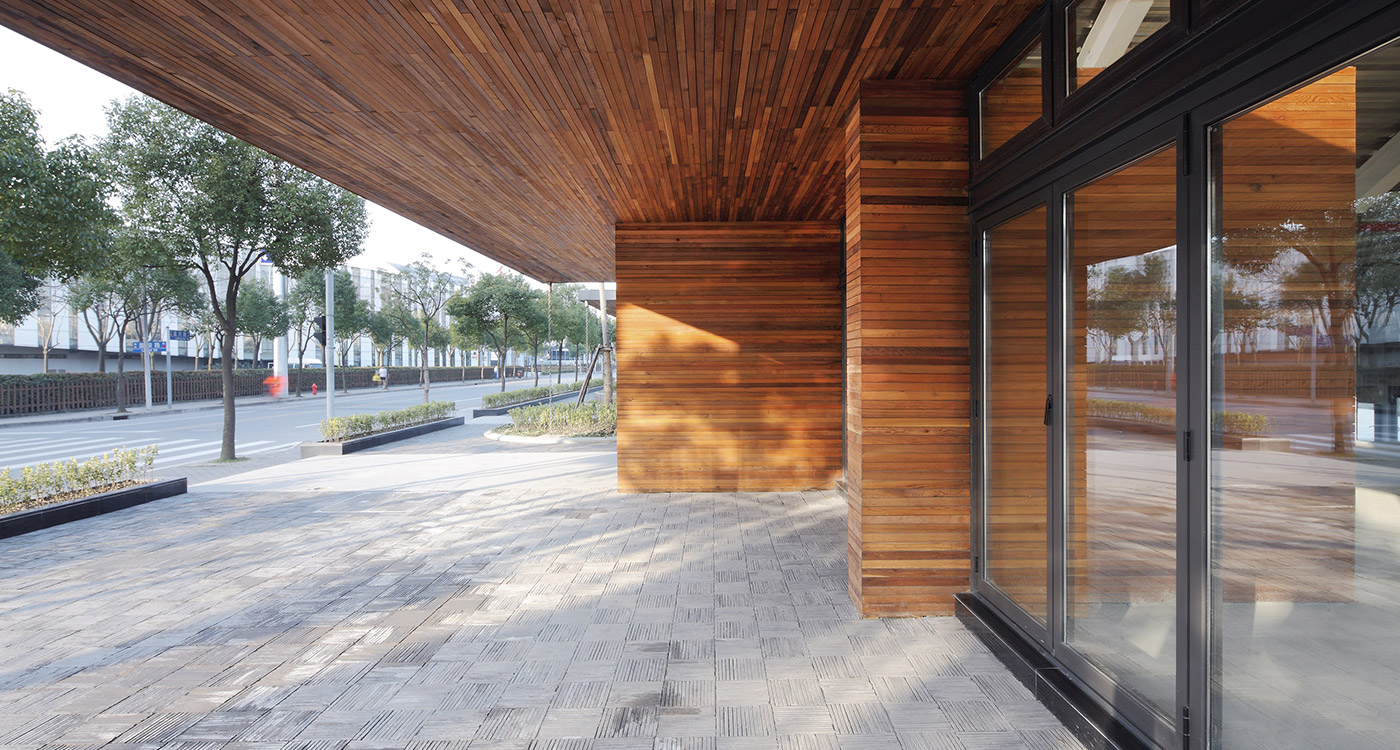




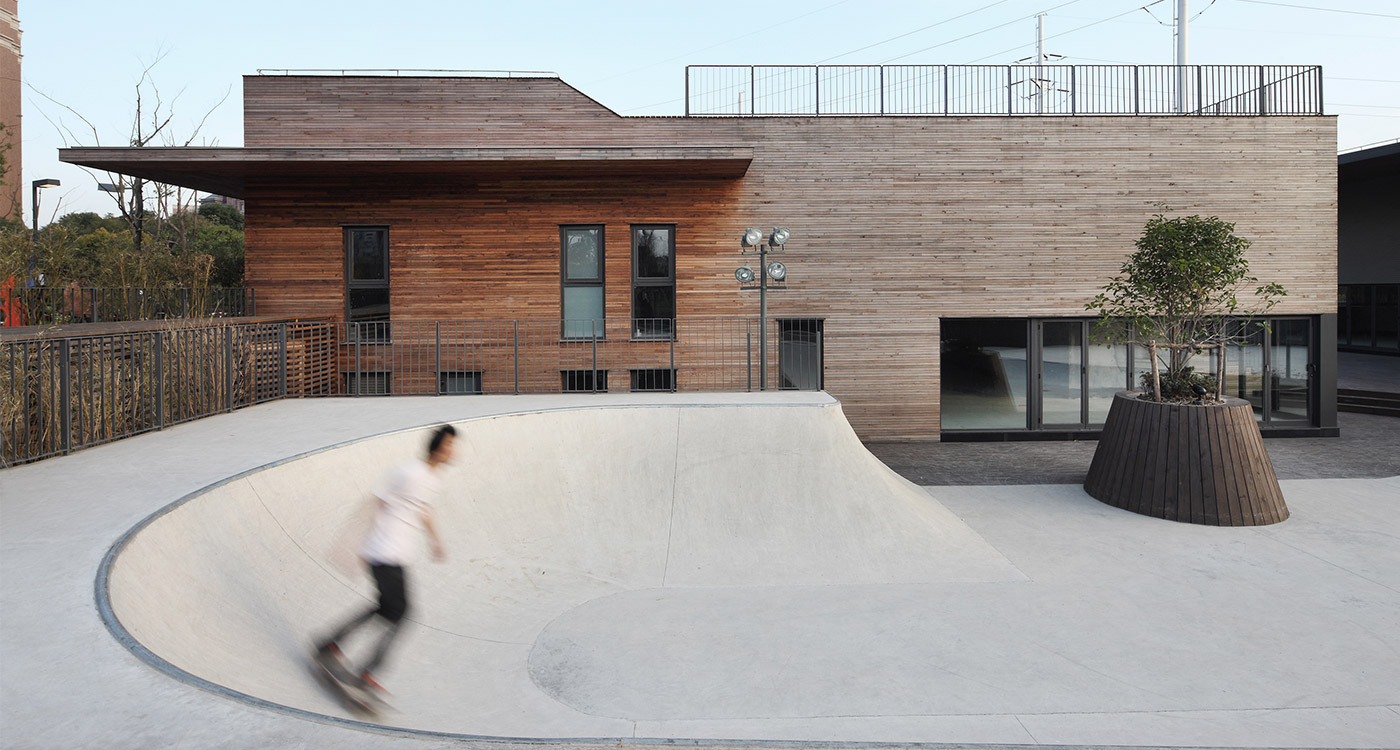












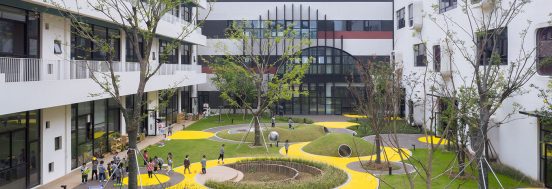











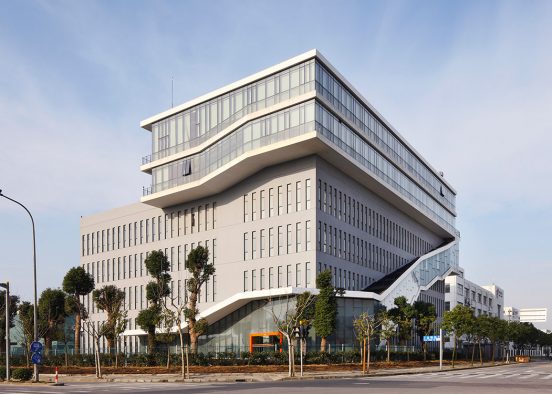


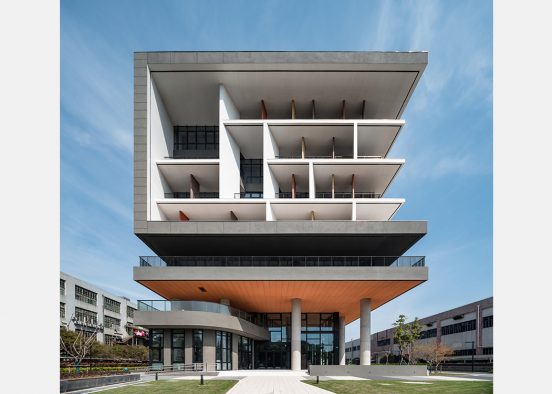


















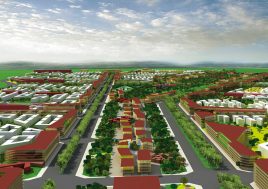





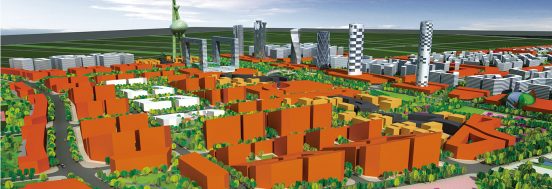







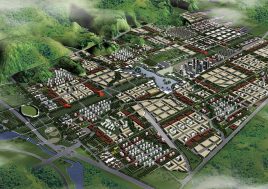










































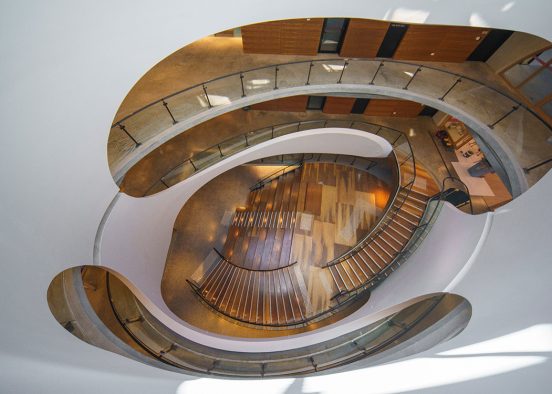








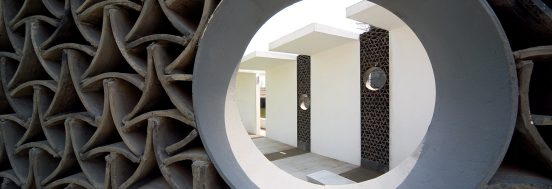

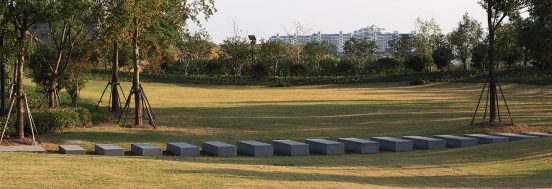
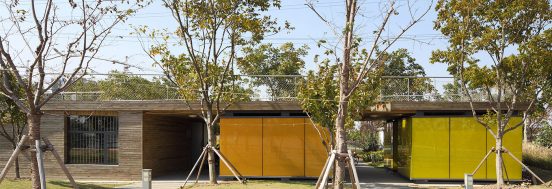


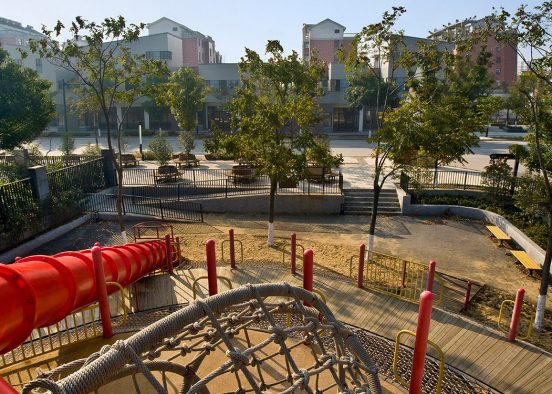













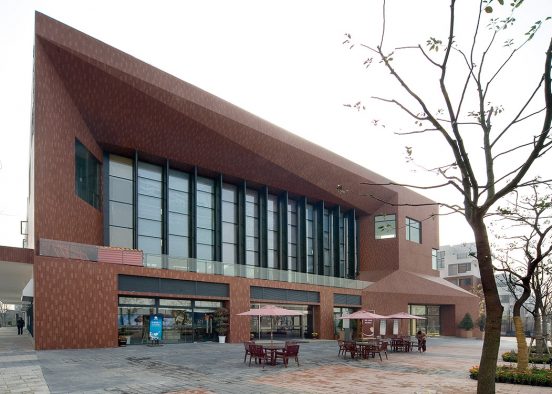
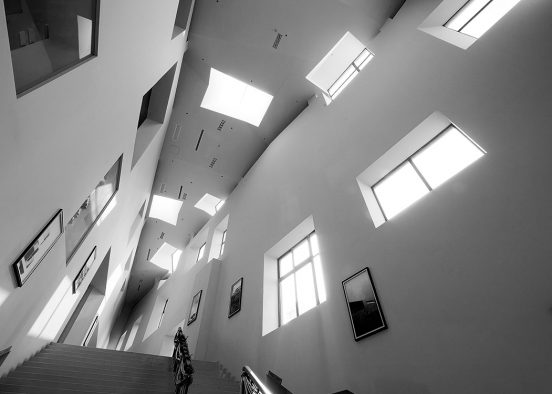
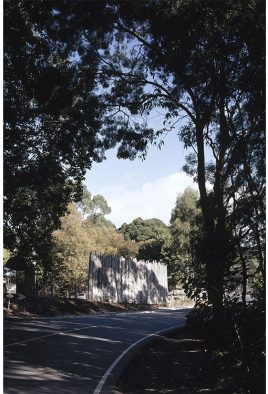
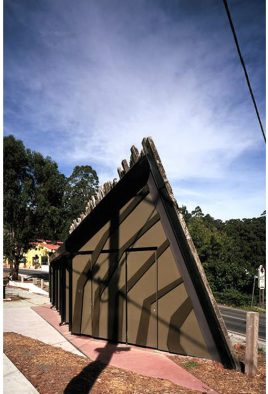













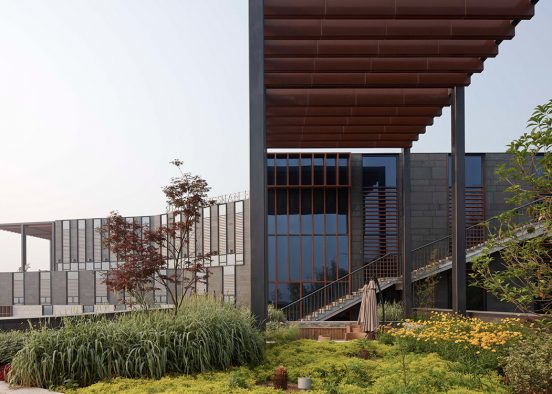








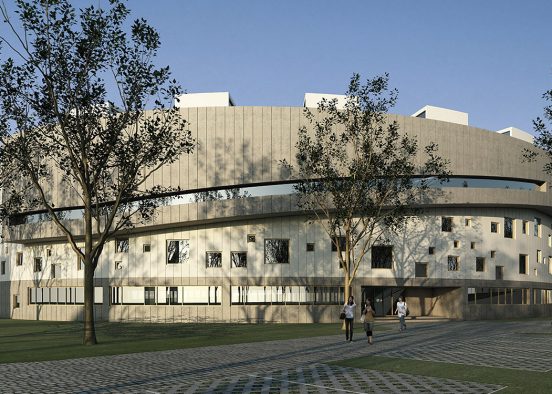







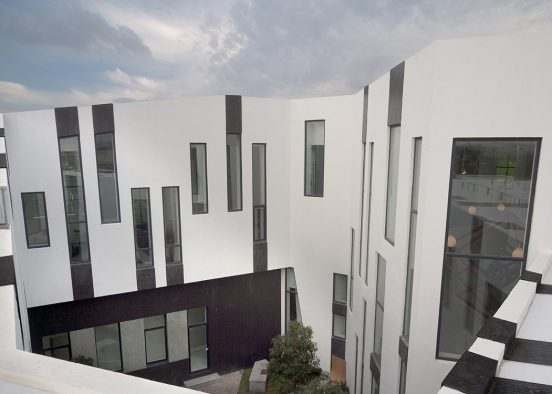








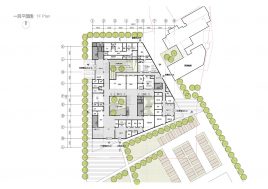


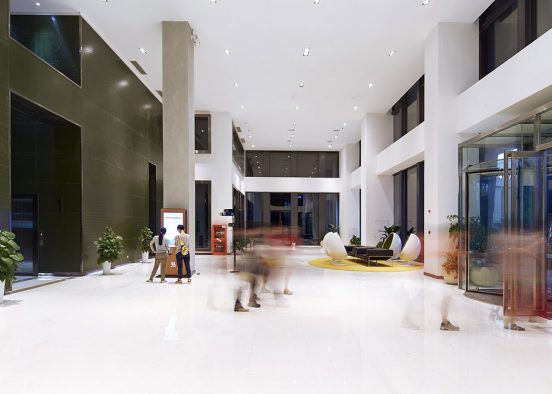

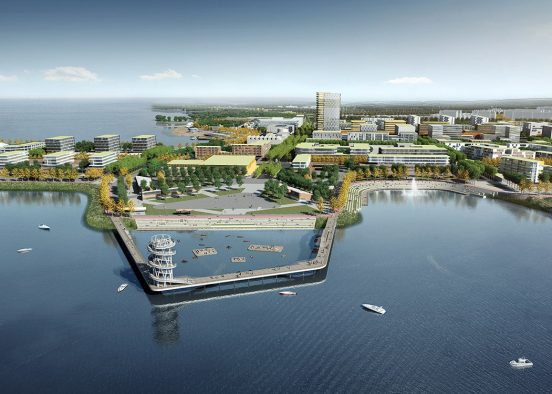





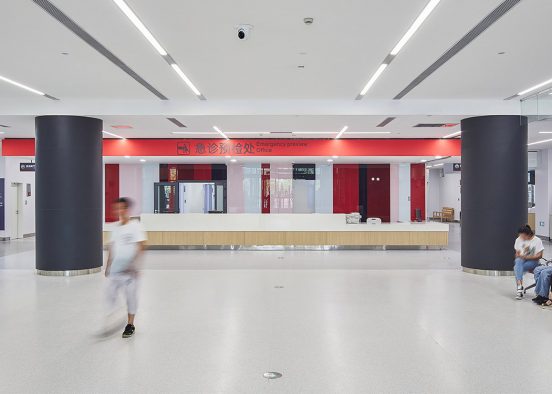




















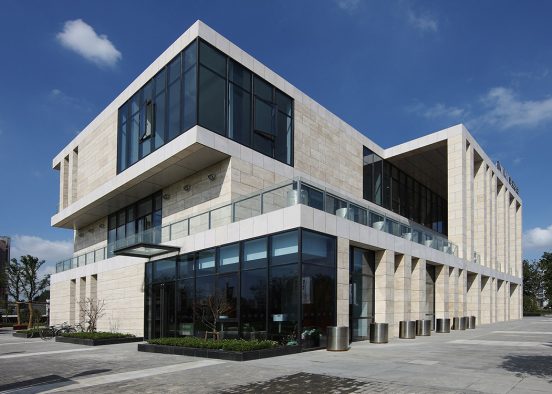










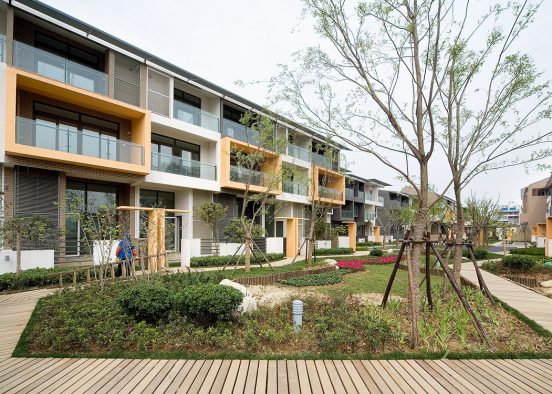
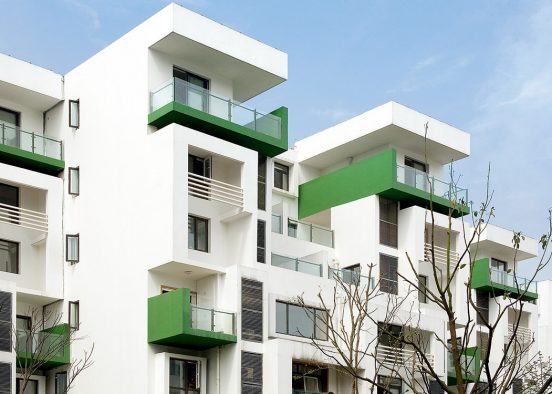









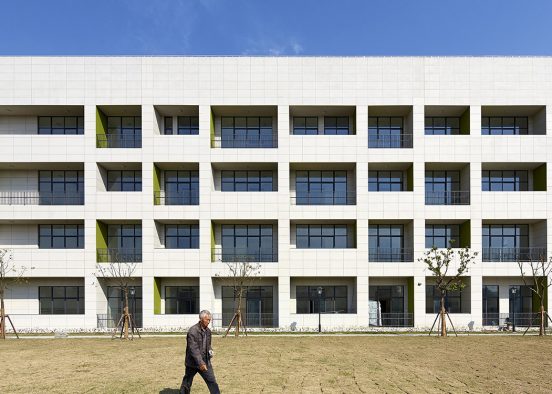
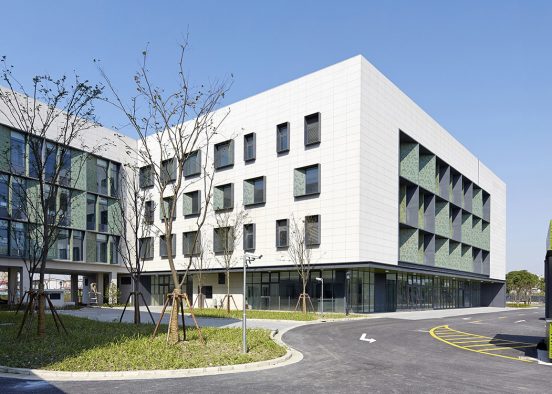


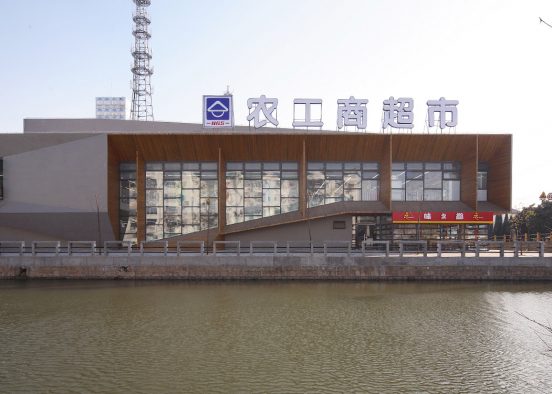
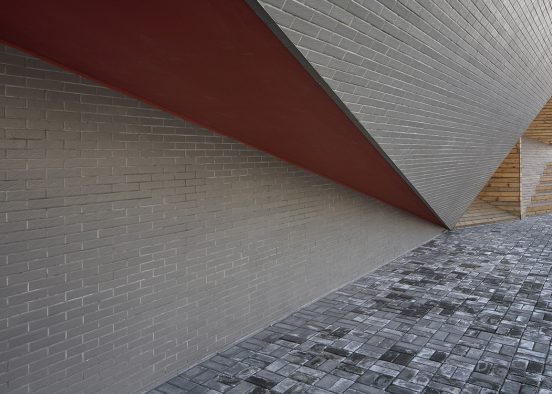

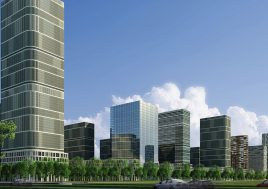



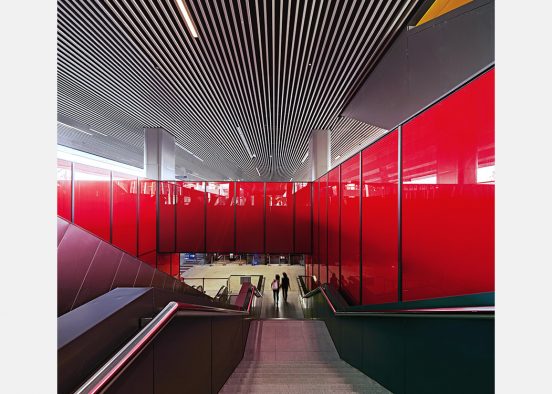


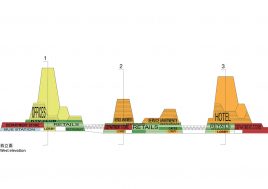







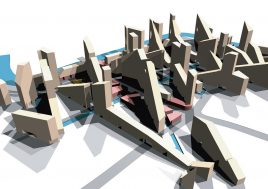



















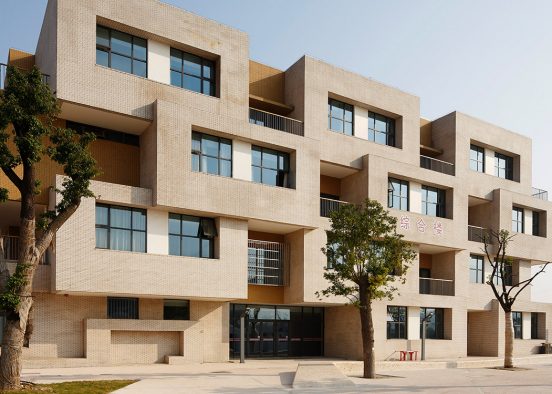



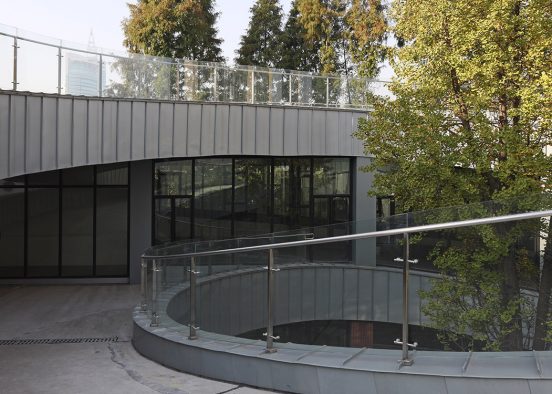
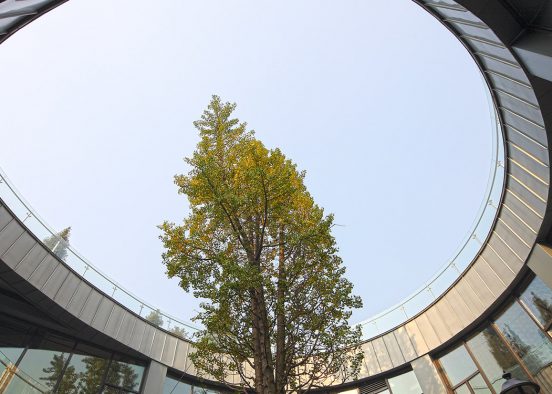



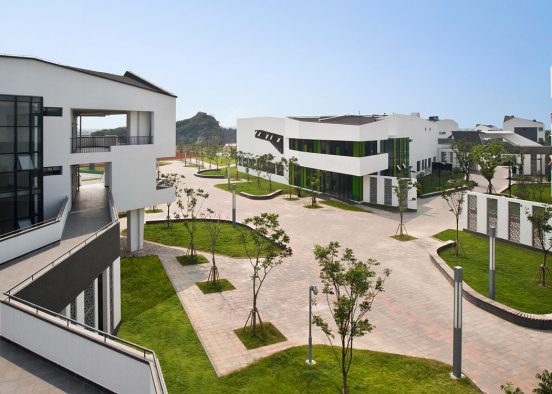




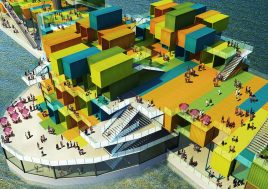












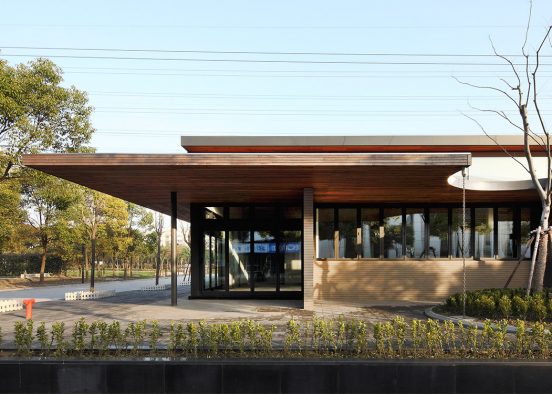








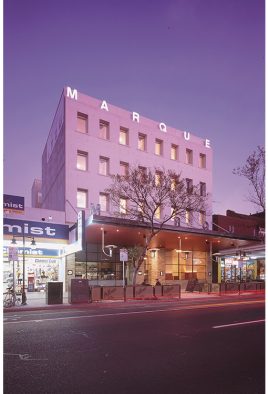














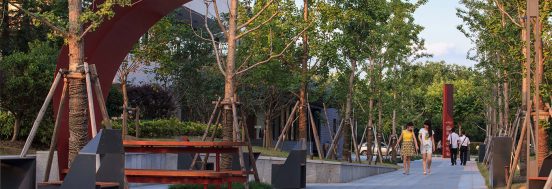

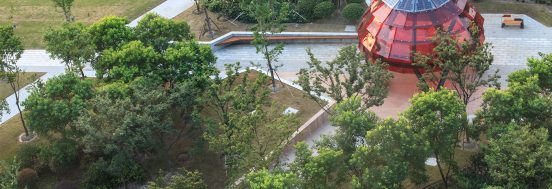

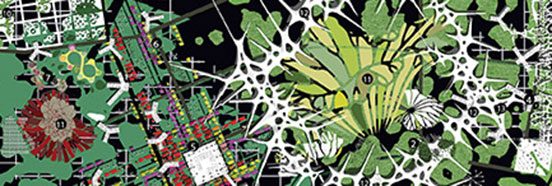













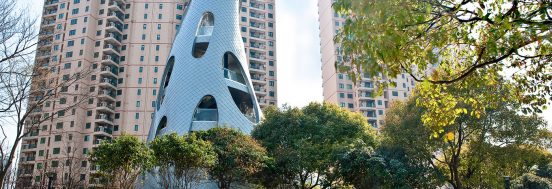
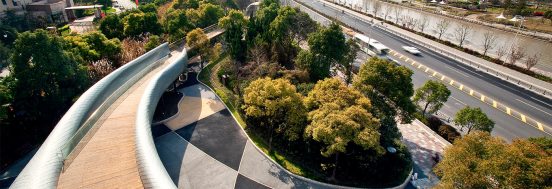




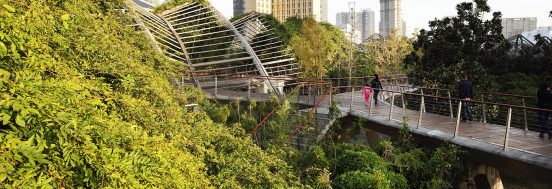
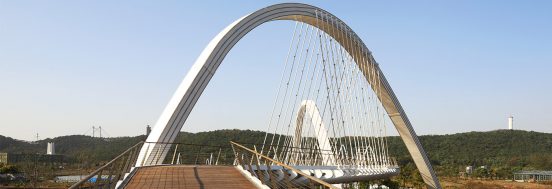
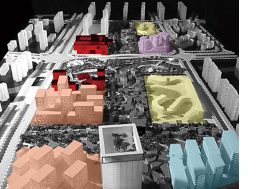

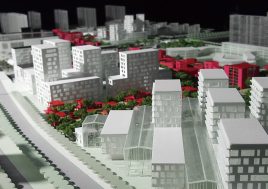






 Back to projects
Back to projects
